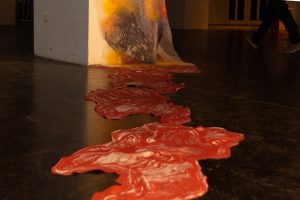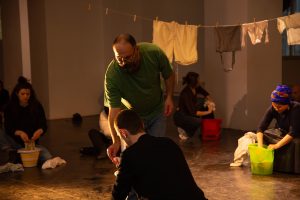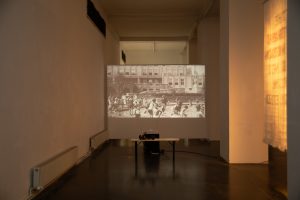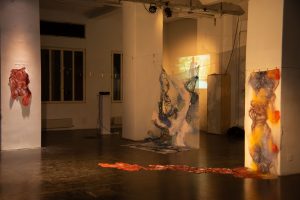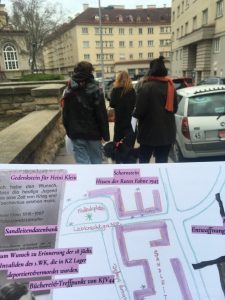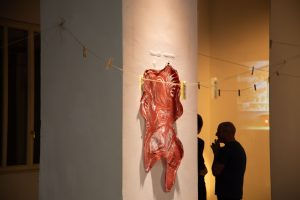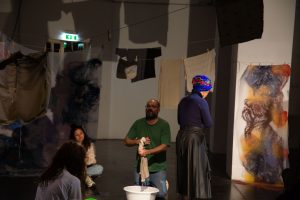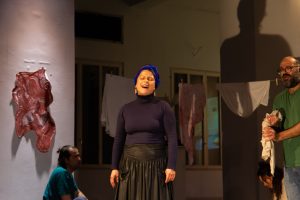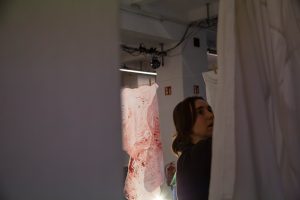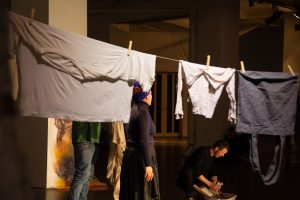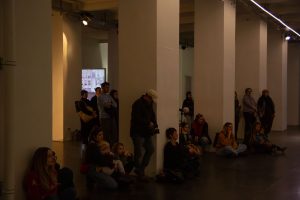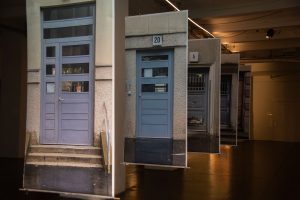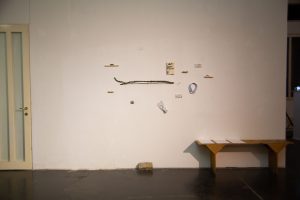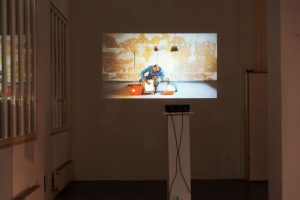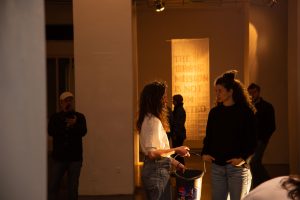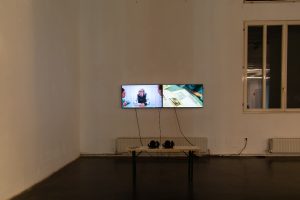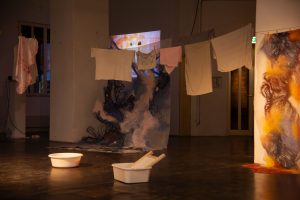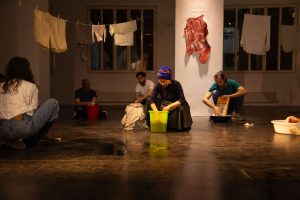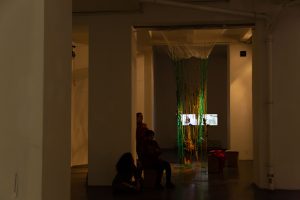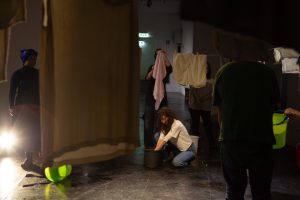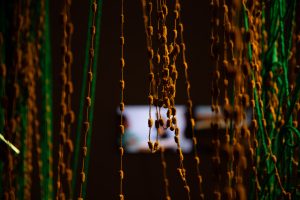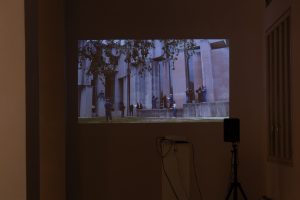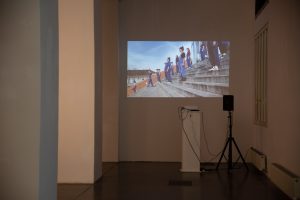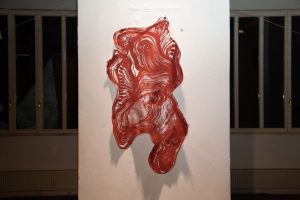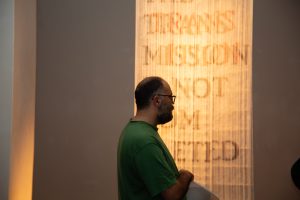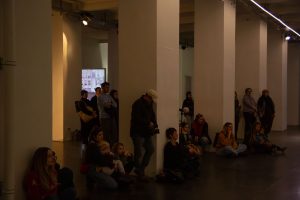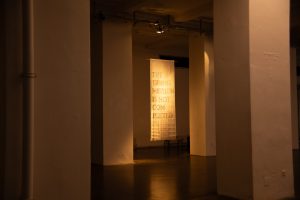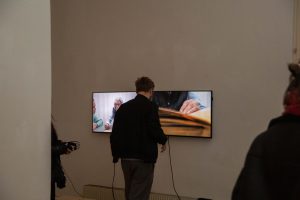Naheliegende Geschichte(n): A Resonant Finale to the CHAC Project
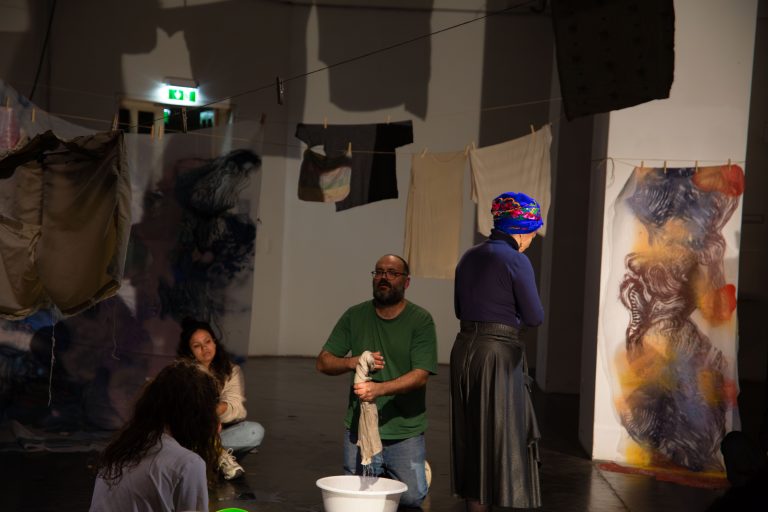
As the final milestone of our work within the CHAC project, Naheliegende Geschichte(n) marked the powerful culmination of months of field research, storytelling, and community engagement.
We believe that gathering and preserving oral histories is essential for capturing the lived experiences, memories, and perspectives that often go undocumented in official records. These narratives not only enrich our understanding of the past but also help shape a more inclusive collective memory. Through workshops and collaborative inquiry, our curators and participants unearthed deeply personal, often overlooked stories of Sandleiten’s residents—stories that came to life in a vivid, multi-sensory exhibition retelling history through the voices of those who lived it.
A Living Archive of Stories at Soho Ottakring
The exhibition Naheliegende Geschichte(n) took place at Soho Ottakring, a cultural and art institution in Vienna’s 18th district. Xsentrikarts had the pleasure of collaborating with Soho throughout the entire duration of the CHAC project.
In September last year, the participants of our workshop on Public and Oral History and Social Storytelling had the opportunity to gain insight into the daily lives of residents in the social housing complex Sandleitenhof, while exploring and building upon storytelling methods and strategies. Some of the projects extended beyond the 10-day workshop and culminated in early April in an exhibition titled Naheliegende Geschichte(n).
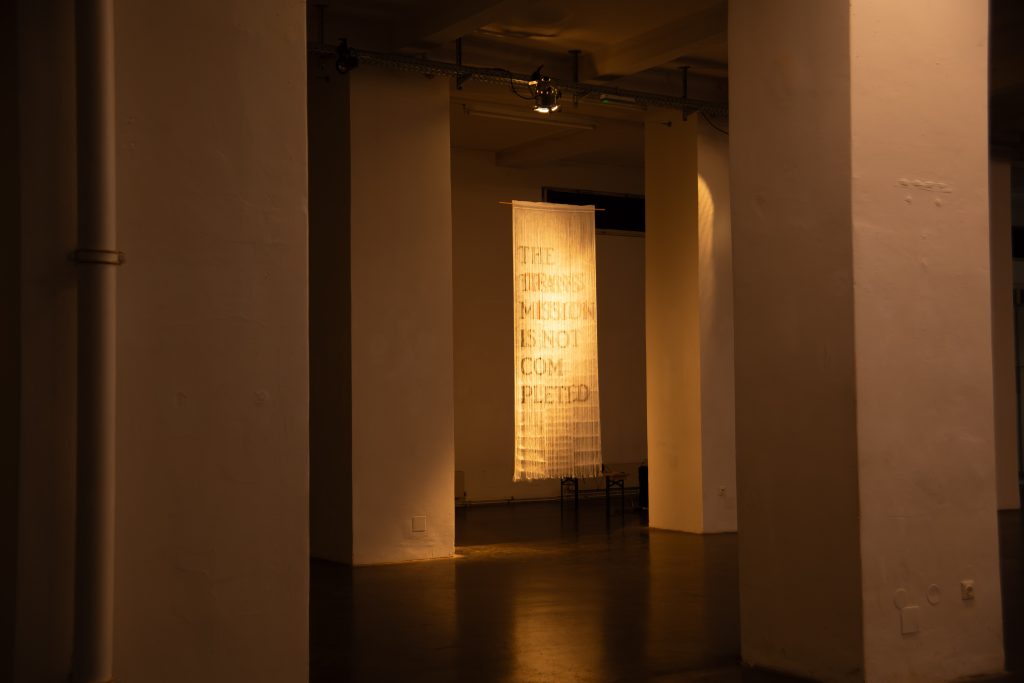
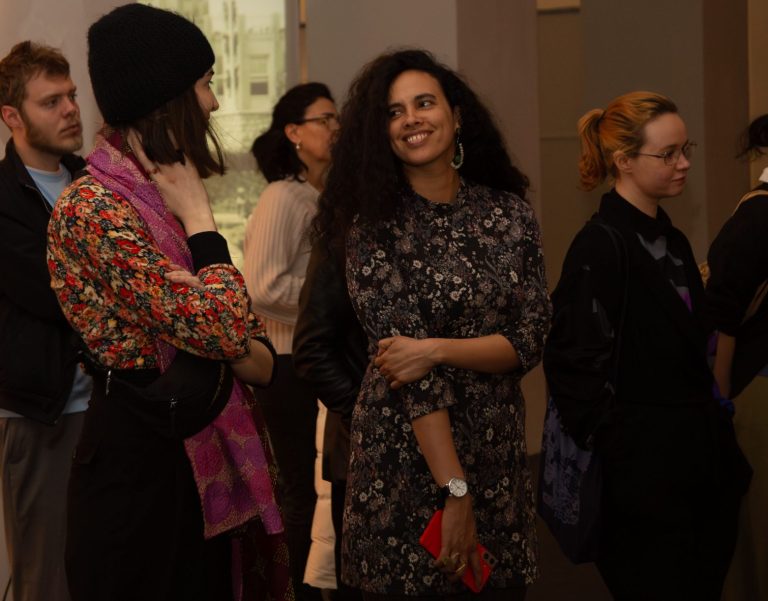
The exhibition was curated by the masterful minds of Martina Gimplinger and Frida Robles, who accompanied the artistic and research projects of all the artists from the very beginning.
Naheliegende Geschichte(n) was a vibrant collection of stories—memories woven into old photographs, familiar buildings, and voices of resistance that seemed to drift out the windows.
…and resistance is deeply embedded in the history of Sandleiten.
Exhibiting oral history
Lydia Baumgarten presented Die Gangtür mit einer Decke verhängt, das Fenster offen, a multi-sensory installation combining language, sound, and space. Her work questioned how meaning, experience, and organized action are transported across time. Visitors were drawn into the playful conversations of the local knitting group, before being swept away by the harmonious voices of the N Choir and the stirring solo of Patrizia Ferrara performing a Neapolitan folk laundry song.
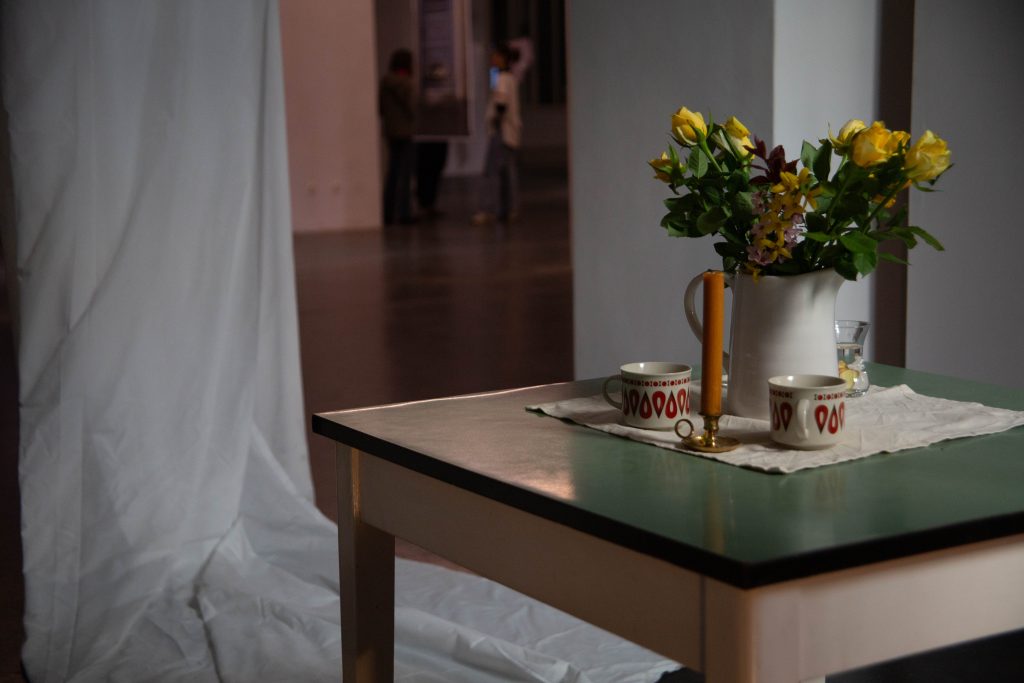
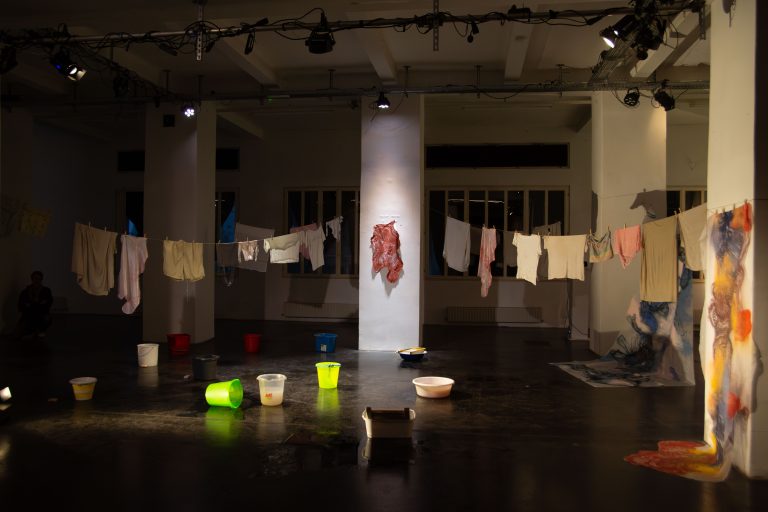
The captivating notes of resistance vibrated through the space, as the intricately silk-printed textiles of Zhanina Marinova were washed repeatedly in their rhythm. Projected in the back was Pavel Naydenov’s laundry performance, multiplying and expanding our memory of the act of washing.
On the opposing side of the room hung a white fabric with the text “The transition is not complete” written in watercolor – another work by Naydenov reflecting the political memory, the political transition as well as the generational transmission that is yet not completed in the Bulgarian context, a phenomenon that grows out of its specific local conditions.

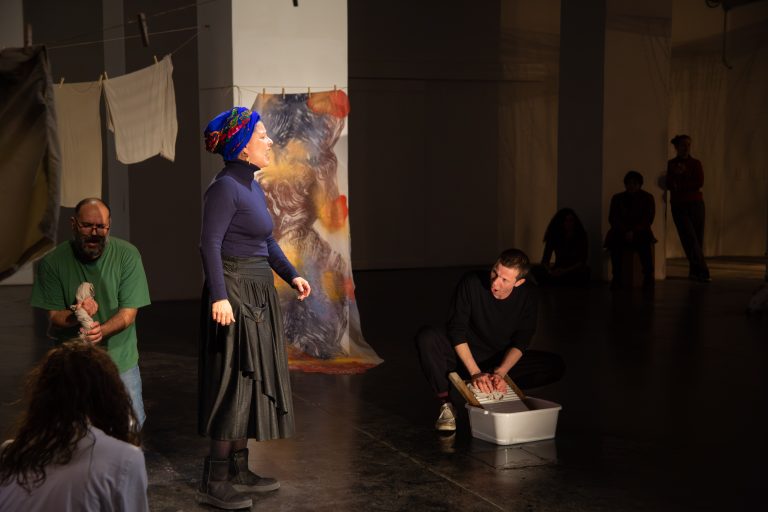
Another soundscape that stole our attention was the transformative singing of the Constuction Choir Collective in public spaces throughout the neighborhood.
It felt as if we were sinking deeper into the fluid body of memory through Edith Wotawa’s photo album. Stories of places and people became animated—alive—and in that moment, timeless. A story that is spoken can live on, can be passed on, take on new form and can change. It can change like the splashing children from 1930 that as if taken out of the stillness of the photograph started playing around us.
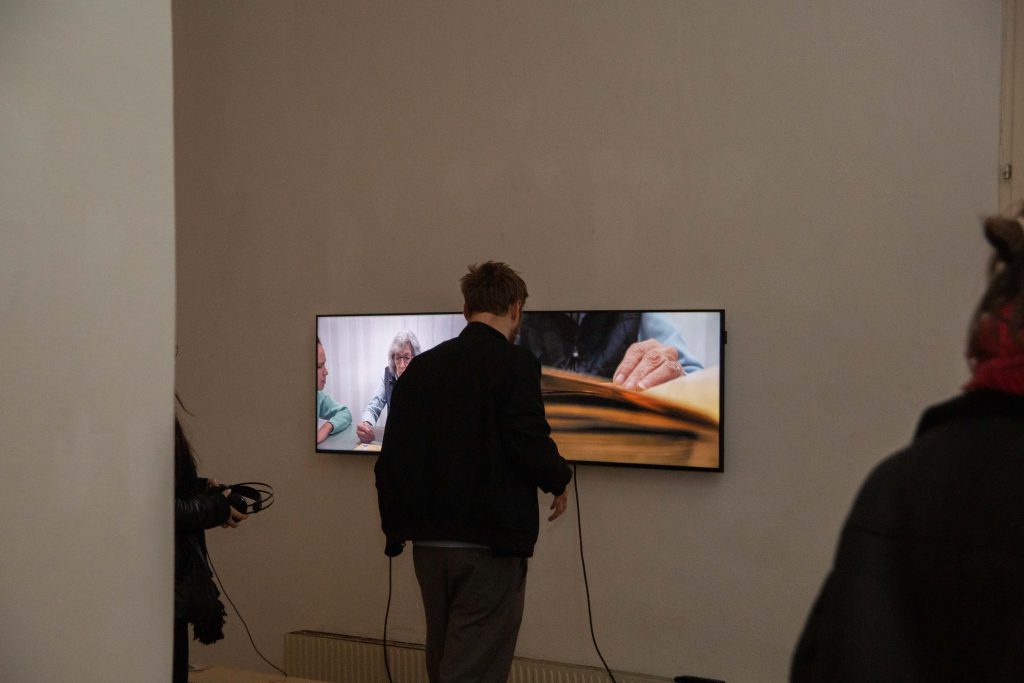
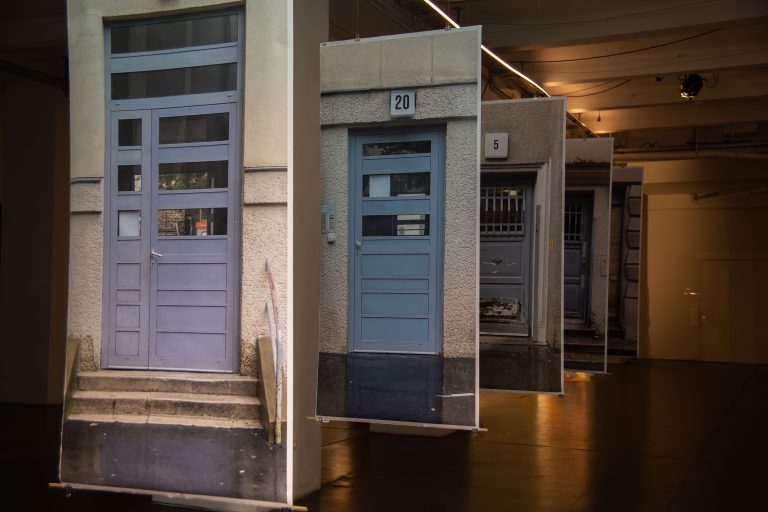
At the entrance, nearly life-sized photographs by Stella Konietzka invited visitors through the iconic blue doors of the Sandleitenhof housing complex—prompting residents to reflect on when they were last painted. Staying true to her artistic practice, Konietzka created a space for playful dialogue at the intersection of built environments and lived experiences, where personal and historical narratives seamlessly emerged.
Out on the streets, Angelika Ginzburg Gurov led a poignant walk through memory, retracing the lost Jewish presence in the Sandleitenhof community.
The CHAC final exhibition:Naheliegende Geschichte(n).
Featuring contributions from:
Frauenstrickgruppe Sandleitenhof, Edith Wotawa & Evelyne Schmelz, Stella Konietzka, Pavel Naydenov, Construction Choir Collective, Lydia Baumgarten, Angelika Ginzburg Gurov, and Zhanina Marinova.
Curated by: Frida Robles and Martina Gimplinger.
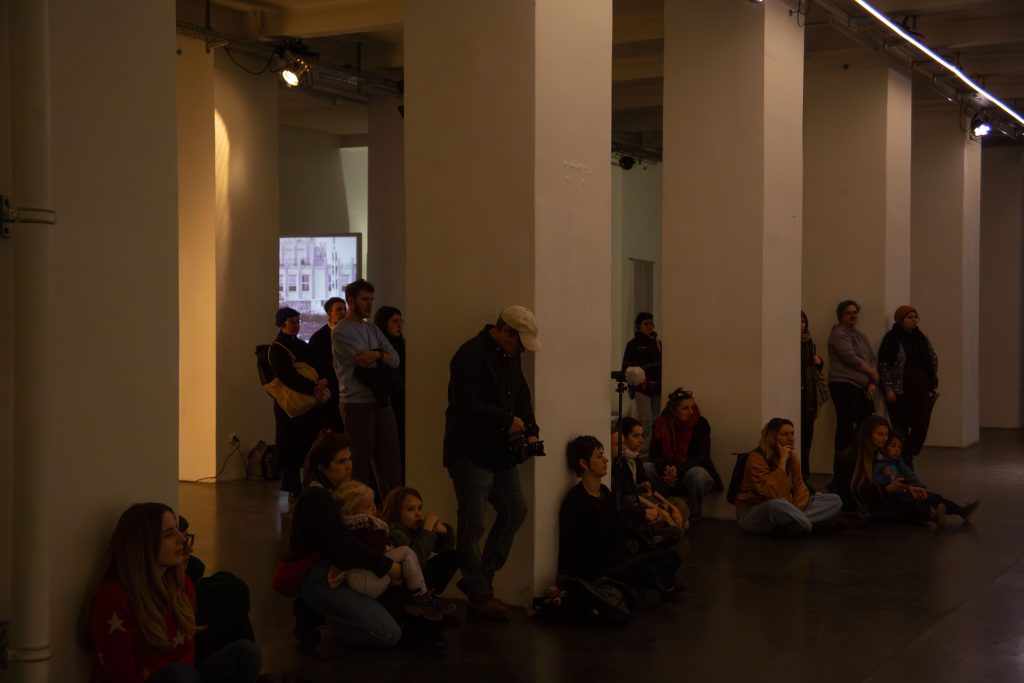
More photographs from the exhibition
